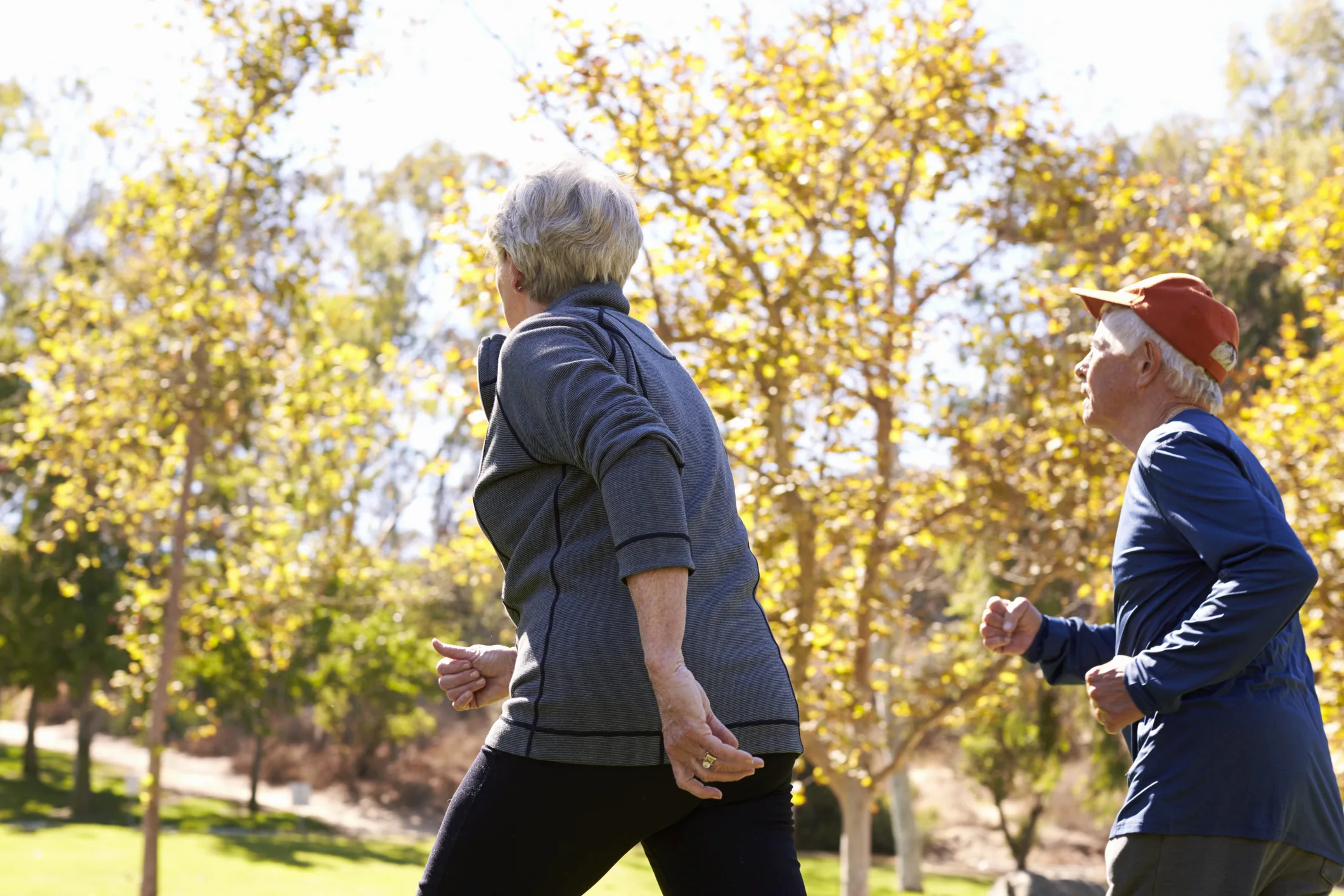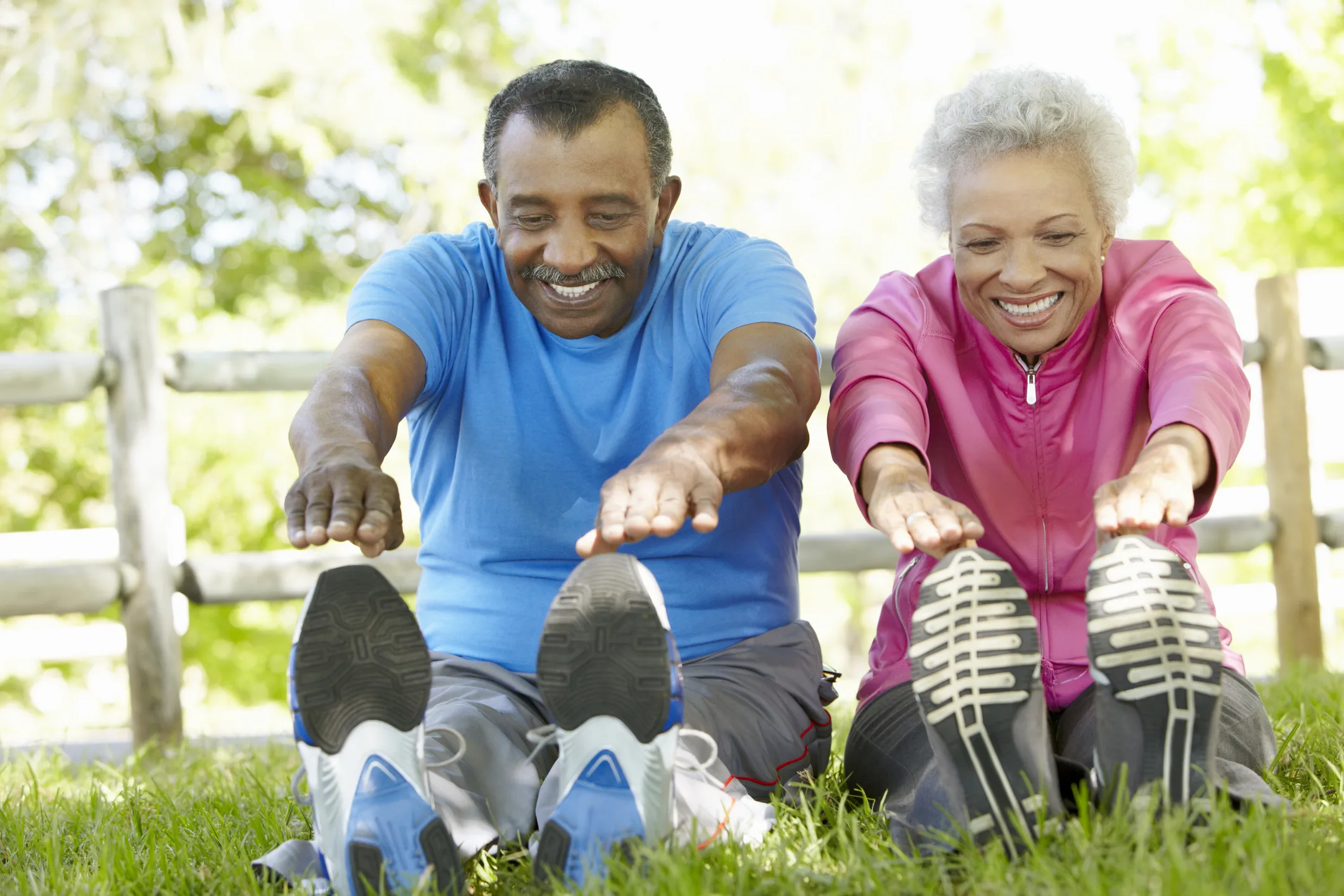Let’s face it: as we mature, the world seems to conspire against us. Stairs get steeper, small rugs become lethal weapons, and gravity seems to enjoy playing tug-of-war with our balance. Forget high-impact aerobics that punish your knees; it’s time to embrace an ancient secret that offers maximum benefits with minimum strain: Tai Chi.
Often called “meditation in motion,” this Chinese martial art is less about fighting enemies and more about gracefully defeating the limitations of age. It’s slow, gentle, and involves continuous, flowing movements coordinated with deep breathing—perfect for anyone who wants to stay strong, flexible, and upright well into their golden years.
Tip: Tai Chi is the only workout where you’re encouraged to move slowly enough to remember what you had for breakfast. Savor the slowness!
Why Tai Chi is Your Body’s New Best Friend
Tai Chi isn’t just for looking peaceful in the park; it delivers serious, evidence-based results specifically tailored for the needs of older adults:
- Fall Prevention, Simplified: This is Tai Chi’s superpower. The movements constantly shift your center of gravity, forcing your brain and body to work together to maintain stability. Studies show that regular practice can significantly reduce the rate and frequency of falls, giving you back confidence and independence.
- The Joint-Friendly Solution: If the thought of running makes your knees weep, Tai Chi is your balm. Its low-impact, fluid nature avoids the jarring motions that aggravate conditions like osteoarthritis. Instead, it gently moves joints through their full range of motion, reducing stiffness and pain. The American College of Rheumatology even strongly recommends it for managing knee and hip osteoarthritis.
- Heart Health, Calmly Achieved: While it may look too gentle to be a cardiovascular workout, Tai Chi is a mild-to-moderate aerobic activity. It’s been shown to improve heart and lung function and, in some cases, is as effective as aerobic exercise at lowering blood pressure by activating the body’s relaxation response.
The Recipe for Success in the Slow Lane
Tai Chi’s beauty lies in its accessibility. You can start anytime, anywhere, and you don’t need any special equipment (unless you count comfy shoes).
- Mastering the Mind-Body Link: Tai Chi is a complex blend of physical movement and focused breathwork. This synergy reduces stress, calms the nervous system, and improves cognitive function. It’s a two-for-one deal: you’re strengthening your body and meditating your mind.
- Consistency is Key: Like any martial art (even the extremely gentle ones), you need regular practice to feel the benefits. Aim for structured sessions multiple times a week. The effectiveness, especially for improving balance, increases with the duration and frequency of your practice.
- Look for a Certified Style: For those with mobility concerns or arthritis, look for programs like the “Tai Chi for Arthritis and Fall Prevention,” which use the high-stance Sun Style for gentleness, or the well-researched Yang Style, often cited for its superior effect on balance.
Tai Chi: More Than Just Exercise
Tai Chi is a complete system that addresses multiple age-related declines simultaneously. It builds core and leg strength to stabilize you, enhances flexibility to keep you mobile, and sharpens mental focus to keep you present. It’s an investment in a future where you remain active, independent, and free from the fear of falling.











